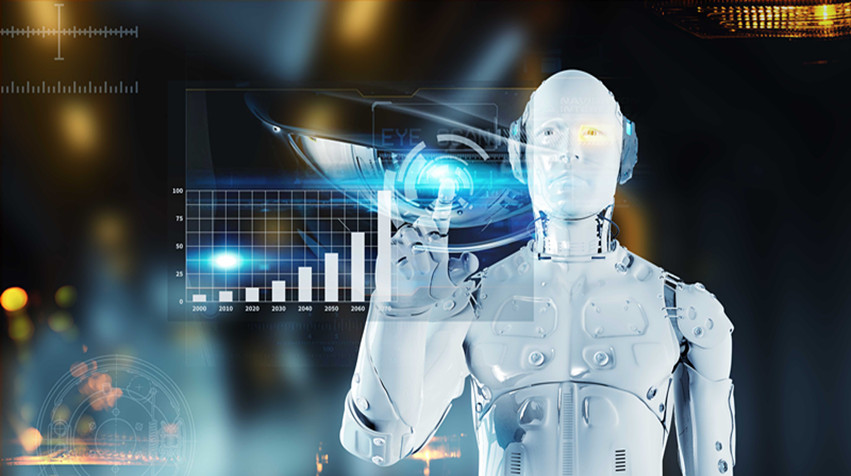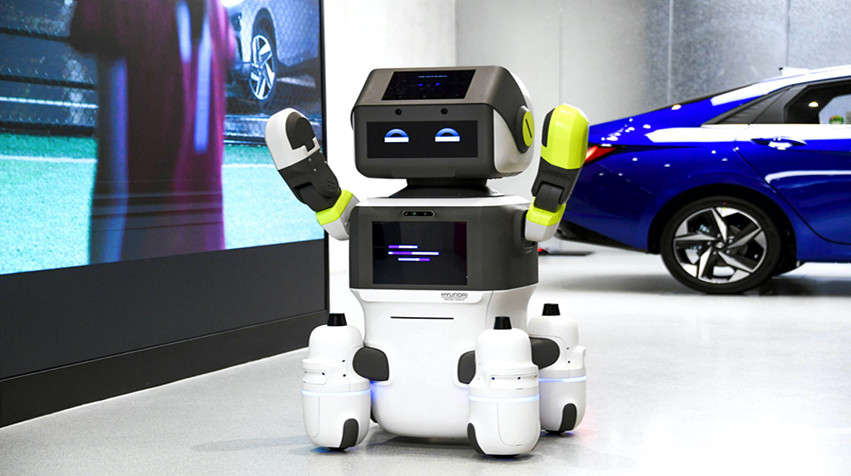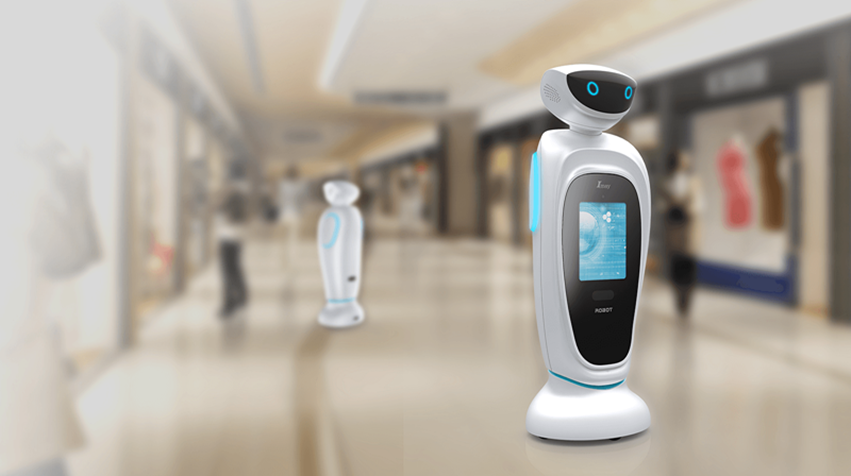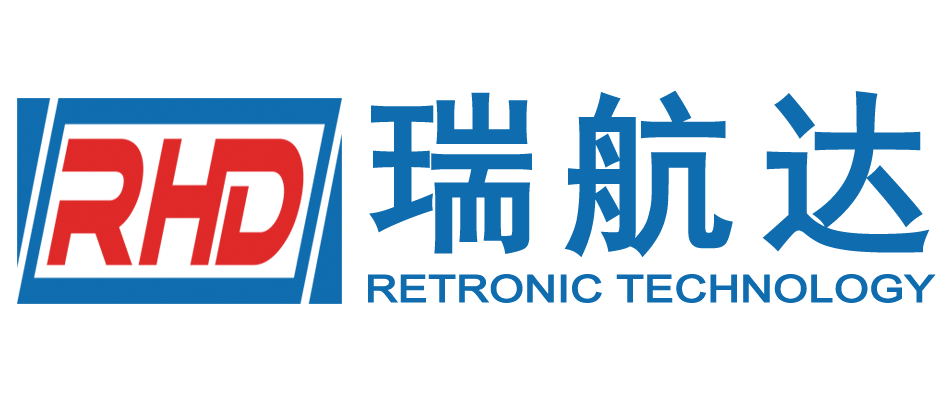
application area
Intelligent Robots
Intelligent Robots

With the rapid development of artificial intelligence, the demand for related robot chips has increased dramatically. According to Omdia, the global robotic artificial intelligence chipset market is expected to reach $866 million, which will help GenAI popularize in the field of robotics. Omdia noted that since Google introduced its transformer RT-1 for robotics applications in 2022, multiple companies have been heavily promoting the widespread use of GenAI in robotics. In addition to Google, companies such as Meta, OpenAI, and Toyota are trialing or testing various base models in their robotics applications. Chinese service robot providers such as CloudMinds and OrionStar have successfully developed their own base models and plan to integrate these models with client software systems. However, GenAI is a resource-intensive technology. In most industries, GenAI is typically deployed in the cloud because models require large clusters of graphics processing units (Gpus) for training and inference. In contrast, robots tend to be more local because the tasks and business-critical applications they are involved in often prioritize real-time control and ultra-low latency response. Su Lian Jie, principal analyst for Applied Intelligence at Omdia, commented: "While NVIDIA's Gpus remain the preferred AI chipset architecture for cloud infrastructure and robotics, But non-GPU vendors such as Qualcomm, Intel, and AMD have introduced AI system-on-chip (SoC) or dedicated AI chipsets for device-side robotics applications such as machine vision, navigation and mapping, and functional safety." Encouragingly, the widespread adoption of GenAI has also contributed to the popularity of humanoid robots. Humanoid robots are the closest robots to human form, so many robotics experts believe their combination with humanoid GenAI would be a match made in heaven. In this wave, companies such as Agility Robotics, Boston Dynamics, Figure, Tesla, Fourier Intelligence, Datarus and Youbi have launched a variety of humanoid robots for industrial and service applications. However, the technology is still in its infancy and is unlikely to be rolled out on a large scale in the next five years. Automated guided vehicles (AGVs) and autonomous mobile robots (AMRs) are still the more mature applications for GenAI. Summing up: "The industry should not focus on hype, but focus on consolidating the data and technology foundation." For robot vendors, they need to expand the capabilities of low-power GenAI in robots through various model optimization techniques, emphasize real-time control and performance, and become better at taking advantage of the convergence of computing and connectivity. For robot users, the development of domain-specific GenAI models and rigorous scrutiny of ethics, security, safety and performance will greatly promote the adoption of GenAI-enabled robots."

Taking the sweeping robot as an example, we can see how much the related chip demand is. The working principle of the sweeping robot is to perceive and identify the home environment in real time through the sensors and control systems mounted on the robot, so that it can independently plan the cleaning route, and use a variety of cleaning tools to clean the ground. The core technology of automatic sweeping robot includes image processing, machine learning, path planning, etc. Through the comprehensive application of these technologies, the robot can gradually realize autonomy and intelligence. A sweeping robot mainly includes the main control chip, sensor chip, power management chip, WiFi chip, memory chip and vision chip. The main control chip is the "brain" of the sweeping robot, which is responsible for controlling the overall operation and intelligent decision-making of the robot. Specifically, the master chip receives the data from the sensor, processes and analyzes the data according to the preset algorithm and program, and then outputs the corresponding control instructions to control the movement and behavior of the robot. In addition, the master chip can also be adjusted and optimized in real time according to the operating state and environmental changes of the robot, so that the robot can better adapt to a variety of complex cleaning tasks. Sensor chips are used to sense and judge the environment, such as detecting and identifying surrounding objects and the environment through lidar, ultrasonic or infrared. The sensor chip can sense the robot's own state such as power, speed, temperature, as well as obstacles in the surrounding environment, furniture location, distance and other information. After the information is received and processed by the master chip, it can control the movement and behavior of the robot to achieve autonomous navigation, obstacle avoidance, cleaning and other functions. The power management chip can charge and discharge the battery of the sweeping robot, control the voltage and current of the battery, and ensure the safety and life of the battery. At the same time, the power management chip can also monitor and protect the power supply of the robot, prevent the occurrence of over-charge, over-discharge, over-current and other problems, and ensure the normal operation of the robot. In addition, the power management chip can also save energy to control the robot's power supply, adjust and optimize in real time according to the robot's operating status and environmental changes, so that the robot can use the power supply more efficiently and extend the battery life. The role of WiFi chip is mainly to realize the connection with mobile phones or other smart devices, so as to facilitate remote control and monitoring by users. Specifically, the WiFi chip can receive control instructions from the main control chip, and send the instructions to the network through the built-in WiFi module to establish a connection with the mobile phone or other smart devices. Users can send control commands through mobile phones or other smart devices to control the operation and cleaning tasks of the sweeping robot.

The common chip type of robot master control chip is 32-bit MCU, and some use more integrated SOC or AI chips. Main control chip common domestic suppliers are full Zhi technology, Ruixin Micro, Zhaoyi Innovation, etc., the main foreign suppliers are stmicroelectronics, Qualcomm, NXP and so on. There are many kinds of robot sensor chips, including lidar, ultrasonic, infrared and so on. Among them, Lidar is the most commonly used one, which detects and maps the environment by emitting laser beams, accurately locates and avoids obstacles, so as to ensure the safety and accuracy of the sweeping robot. The common suppliers of sensor chips are TI, ADI and so on. Foreign manufacturers of robot power management chips include TI, ADI, Qualcomm, Infineon, etc., accounting for more than 80% of the market share. At present, international manufacturers such as Broadcom and Texas Instruments can provide WiFi chips for robots. The memory chips used by the robot are mainly DRAM and NAND flash memory. The suppliers of the storage market are relatively clear, and the international manufacturers mainly include Samsung, SK Hynix, Micron, Kai Xia, Western Digital and so on. The robot's vision chip is mainly provided by some well-known semiconductor manufacturers, such as NXP, Samsung and so on.
